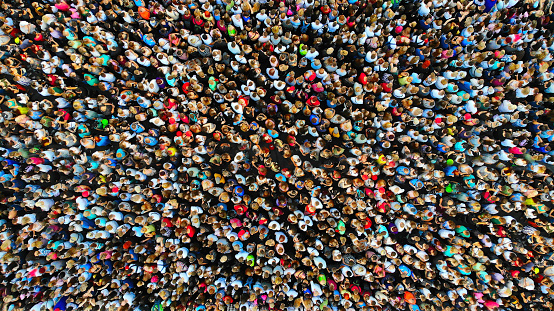The human population has been growing and shrinking for centuries, with drastic changes in the past few hundred years. How has this happened, and what is the future of the human race? The answer to this question is complex.
There are many reasons for the increasing problem of overpopulation including migration, births, deaths, and other factors. However, one key factor that has had a major impact on the growth and shrinkage of the human population is birth rates.
Image Source: Google
Birth rates are determined by a variety of factors, including economic conditions, social attitudes, and health conditions. In general, high birth rates are associated with countries or regions that are economically prosperous and have a good quality of life. Low birth rates are usually seen in countries or regions that are in poverty or have poor health conditions.
Over the course of history, birth rates have fluctuated a great deal due to a variety of factors. For example, during the Middle Ages, there was an increase in childbirth due to increased economic stability and social stability. At the same time, there was also an increase in death rates, which led to a decrease in the human population.
Overall, it is difficult to predict exactly how the human population will change over time. However, based on past trends, it is likely that the population will continue to grow and fluctuate dramatically.
The human population has been growing and shrinking for centuries, with drastic changes in the past few hundred years. Birth rates are one key factor that has played a major role in this growth and shrinkage.
